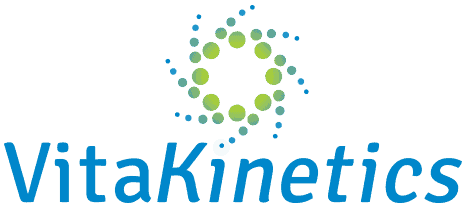Did you know that one in four Americans suffer from pain per the National Center for Health Statistics? Pain is the primary reason for seeking health care services. In 2010, the annual cost of pain was greater than the annual cost of heart disease, cancer and diabetes COMBINED. This pain is often caused by chronic inflammatory conditions like arthritis.
Common treatments for painful and inflammatory conditions includes Non-steroidal Anti-Inflammatory (NSAID) medications like Advil or Motrin or Celebrex. The mechanism of action to decrease pain is in the NSAIDs ability to block the COX-1 or COX-2 pathway which is why it reduces inflammation and pain. A common side effect of NSAIDs is gastrointestinal disruption especially with chronic use. More recently there was a study published demonstrating an increased risk of cardiac arrest with the use of NSAIDs.
Another common medication is Acetaminophen (Tylenol) to address pain. Using Tylenol instead of NSAID reduces pain, it too carries rare but severe adverse reactions to the liver, blood and skin. The FDA has warned of these reactions that may even result in death.
Take over the counter anti-inflammatory and pain medications sparingly, only short-term, and be sure to follow instructions on label.
Opioid pain relievers are also used for chronic painful conditions by blocking the pain message in the brain. Although this seems promising, it too doesn’t address the inflammatory condition, but more concerning is the side effects. The most common side effect is a decrease in gastrointestinal motility which results in severe constipation. To resolve this issue, you could simply take another medication called Movantik to reduce the opioid-induced constipation. Now you are taking two more medications and you are still at risk for addiction and death.
Now what?
If you have pain and inflammation, there are many safe and effective alternatives to those listed above. Here are the most effective and safe steps to reduce inflammation naturally:
1. Eat whole fruits and vegetables and a serving (about the size of your palm) of animal protein naturally gluten and refined sugar free at every meal.
2. Move your joints through the full range of motion regularly and lift heavy things occasionally.
3. Get 8-10 hours of sleep regularly.
4. Connect to your tribe, the earth, your brain with meditation or your body daily.
5. Take supportive supplements after/during steps 1-4.
Here is one of the the best natural supplements for reducing inflammation and pain while promoting gut and brain health:
CURCUMIN
Curcumin is the active ingredient from the Indian spice turmeric which makes curry have the bright yellow color. As an herbal remedy it is historically used as an antiseptic, antibacterial, anti-inflammatory, and pain killer. Turns out this spice is a natural COX-2 inhibitor to reduce inflammation. Curcumin has been shown to reduce inflammation in the gut, reduce inflammatory cells, increase healing, improved memory and reduce chondrocyte (a cell of the joint surface) death . To date there are no known interactions with prescription drugs noted on turmeric, but it’s always safe to ask your doctor. Typical therapeutic dosing for an adult in powdered form is from 500mg up to 10-12 grams dispersed through out the day.
Controlling the inflammatory response will help to reduce your pain and even allow healing. Remember for best results, supplement only once you have adjusted or work on adjusting your lifestyle to include whole nutrient rich foods, movement and rest. If you find that you continue to have pain, then maybe it’s time to seek assistance from physical therapy.
Remove. Replace. Restore.
Remove chronic use of dangerous pharmaceuticals.
Replace with whole nutrient rich foods, movement, sleep and supplemental support to reduce inflammation.
Restore a pain free life.
Eat Well. Move Well. Sleep Well. Supplement Well.
References.
Curcumin (Tumeric)
https://www.ncbi.nlm.nih.gov/pmc/articles/PMC3856106/
https://www.ncbi.nlm.nih.gov/pmc/articles/PMC5409753/
https://www.ncbi.nlm.nih.gov/pmc/articles/PMC3942342/
https://www.ncbi.nlm.nih.gov/pmc/articles/PMC3190505/
https://www.ncbi.nlm.nih.gov/pmc/articles/PMC3092909/
http://journal.waocp.org/article_28834_9c600f886f309e506ac951fe761a2e62.pdf
https://www.ncbi.nlm.nih.gov/pubmed/28228072
https://www.ncbi.nlm.nih.gov/pubmed/29246725

